Mole Sauce & Chile: A Flavorful Love Story You Can Taste!
Table of Contents
- Introduction: The Magic Behind Mole and Chile
- What Exactly Is Mole Sauce?
- Chiles in Mole: Why They Matter
- Top 5 Chiles Used in Mole Sauces
- How to Use Dried Chiles in Mole Like a Pro
- Buying Guide: Choosing the Right Chiles for Your Mole
- Make Your Own Mole at Home: A Simple Recipe
- Conclusion: Embrace the Heat and Heart of Mole
Introduction: The Magic Behind Mole and Chile
If you’ve ever tasted authentic Mexican mole, you know it’s not just a sauce — it’s an experience. Rich, complex, and full of depth, mole brings together sweet, savory, smoky, and yes… spicy flavors into one unforgettable bite.
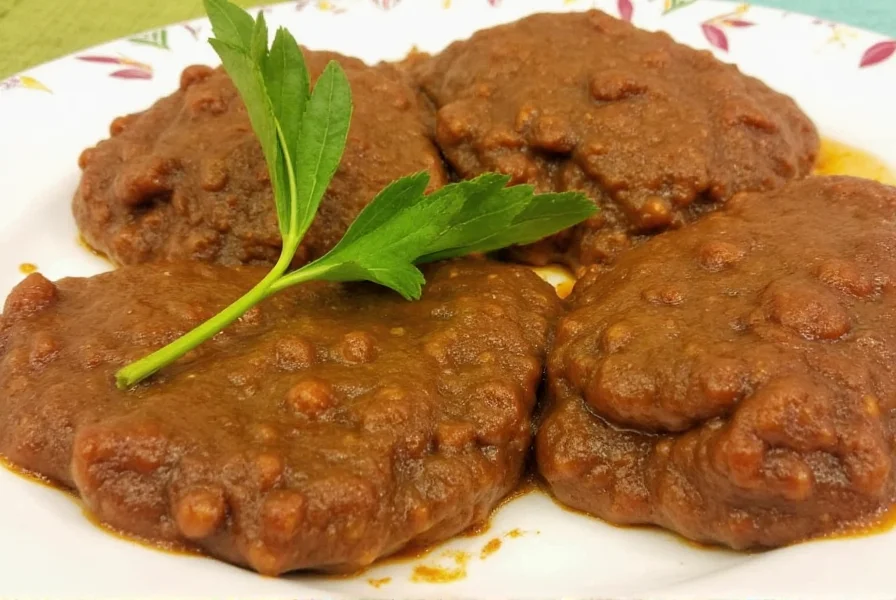
The secret ingredient behind this magic? Often, it's the humble but mighty mole sauce chile. But which chiles work best? And how do they affect the final flavor profile of your mole?
In this article, we’ll take a deep dive into the world of chiles used in mole sauces — from the traditional to the trending — so you can elevate your cooking game with confidence and a little heat!
What Exactly Is Mole Sauce?
Mole (pronounced MOH-lay) is more than a condiment; it’s a culinary art form. Traditionally from Oaxaca and Puebla in Mexico, mole sauce is a thick, complex blend of ingredients that often includes dried chiles, spices, nuts, seeds, chocolate, and sometimes even fruits or bread.
| Type of Mole | Main Ingredients | Heat Level | Flavor Profile |
|---|---|---|---|
| Mole Negro | Dried chiles, burnt tortillas, chocolate | Medium to high | Smoky, bittersweet, deeply rich |
| Mole Poblano | Chiles pasilla, mulato, almonds, sesame, chocolate | Mild to medium | Sweet, nutty, slightly spicy |
| Mole Verde | Fresh herbs, green chiles, pumpkin seeds | Low to medium | Herbaceous, fresh, bright |
| Mole Amarillo | Yellow chiles, garlic, tomatoes | Medium | Spicy, tangy, fruity |
While many varieties exist, all moles share a common goal: balancing multiple flavors and textures into a harmonious whole. And no element plays a bigger role in shaping that balance than the choice of chile.
Chiles in Mole: Why They Matter
Chiles are the backbone of most traditional mole sauces. Not only do they contribute heat, but they also add color, aroma, and a unique earthiness that can’t be replicated by any other ingredient.
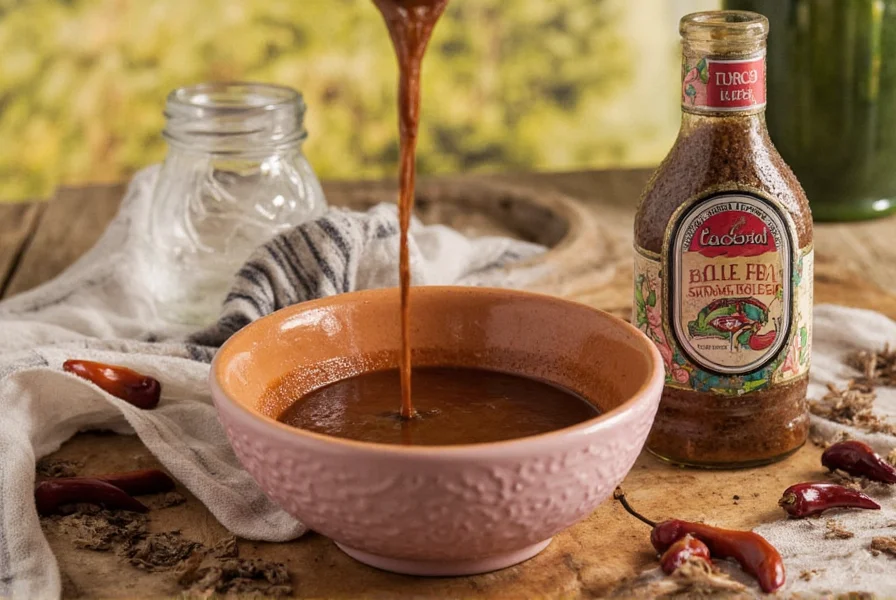
Each type of chile has its own personality — some are smoky, others are fruity, and a few bring serious fire. By choosing the right combination, you’re essentially composing a flavor symphony.
- Color: Deepens the visual appeal of the sauce
- Aroma: Releases earthy, floral, or roasted notes
- Heat: Adds complexity and intensity without overwhelming
- Bitterness/Sweetness: Balances sweetness from ingredients like chocolate or fruit
Now that you understand why chiles matter, let’s explore which ones are top contenders for mole-making glory.
Top 5 Chiles Used in Mole Sauces
Let’s talk about the MVPs of mole sauce: the dried chiles that give it soul. Here are five essential types every home cook should know:
- Pasilla (Negro): Mild to medium heat, dark and raisiny flavor. Great base for Poblano mole.
- Guajillo: Fruity, tart, with medium heat. Often paired with pasilla for balance.
- Mulato: Slightly sweeter, with coffee and licorice notes. Ideal for darker moles.
- Ancho: Sweet and mild with berry undertones. Perfect for beginners.
- Chipotle: Smoked jalapeño with a nice kick. Adds smokiness and heat.
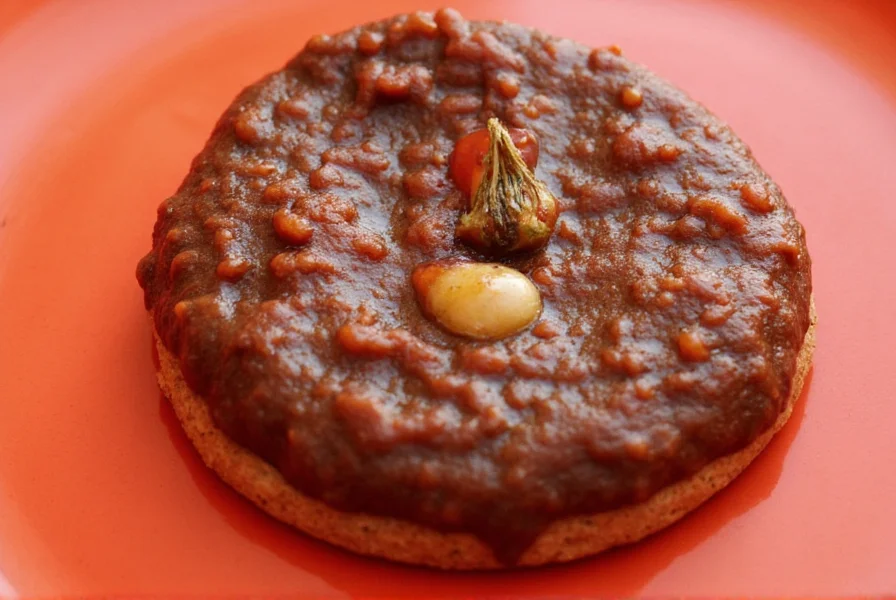
This chart helps you compare their flavor profiles and uses:
| Chile Type | Heat Level (Scoville Units) | Flavor Notes | Best For |
|---|---|---|---|
| Pasilla | 1,000–2,500 | Earthy, raisiny, herbal | Mole Poblano, stews |
| Guajillo | 2,500–5,000 | Fruity, tart, tea-like | Salsas, marinades, red moles |
| Mulato | 2,500–3,000 | Caramelized, licorice, coffee | Mole negro, sauces with chocolate |
| Ancho | 1,000–2,000 | Sweet, prune-like, berry notes | Beginners’ mole, soups |
| Chipotle | 5,000–10,000 | Smoky, earthy, spicy | Adding heat and depth to moles |
How to Use Dried Chiles in Mole Like a Pro
You’ve got your chiles — now what? Making mole from scratch might seem intimidating, but breaking it down step-by-step makes it totally manageable.
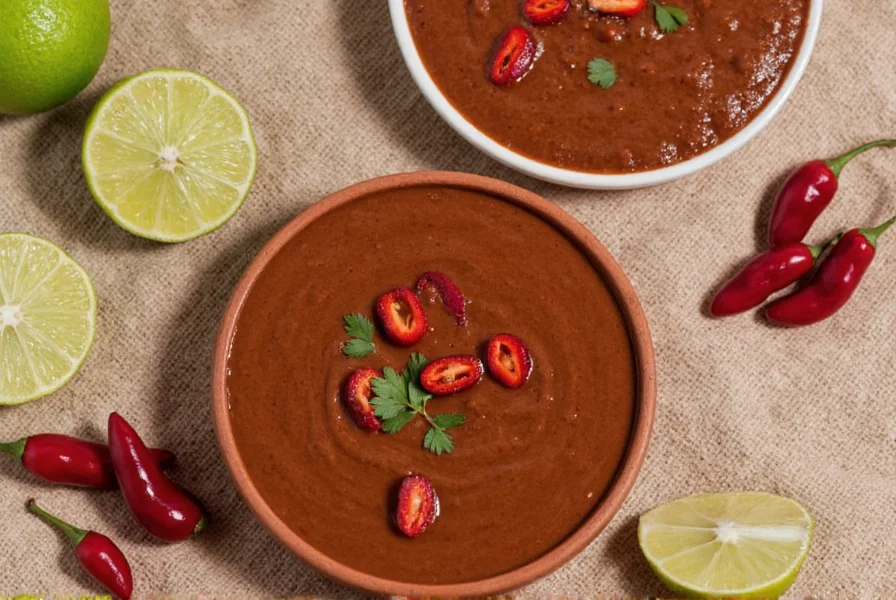
- Rinse and Toast: Briefly rinse the chiles under warm water, then toast them lightly in a dry pan until fragrant. Don’t burn them!
- Remove Seeds and Stems: This controls the heat level. Leave some seeds for extra kick.
- Rehydrate: Soak in hot water for 20–30 minutes until soft. Reserve soaking liquid for added flavor.
- Blend with Liquid: Combine softened chiles with soaked liquid, onions, garlic, and spices in a blender until smooth.
- Cook Down: Simmer the mixture slowly, adding additional ingredients like nuts, seeds, and chocolate as you go.
Tip: Roast your aromatics (onion, garlic, tomatoes) before blending for a deeper, more layered flavor profile.
Buying Guide: Choosing the Right Chiles for Your Mole
Shopping for dried chiles can be confusing if you're new to mole making. Let’s break it down so you walk away with exactly what you need.
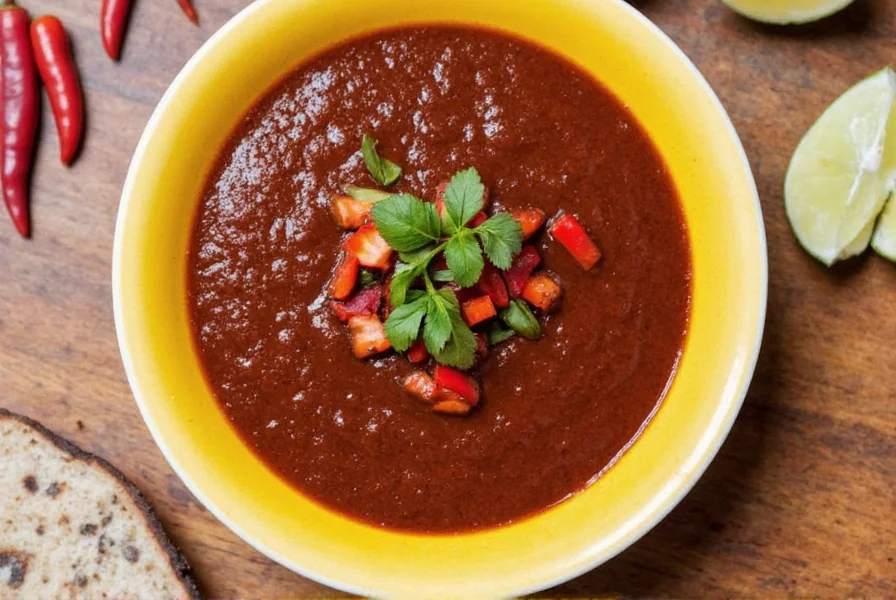
What to Look For
- Texture: Should be pliable, not brittle or cracked
- Color: Vibrant and consistent — avoid faded or dull chiles
- Aroma: Earthy and aromatic when crushed, not musty or moldy
Where to Buy
- Local Latin markets
- Well-stocked grocery stores (e.g., Whole Foods, Sprouts)
- Online spice retailers (Spice Jungle, Penzeys, Amazon)
Recommended Products
| Product Name | Features | Use Cases | Target Audience | Occasions |
|---|---|---|---|---|
| Penzeys Guajillo Chiles | Consistent quality, clean packaging, easy re-seal | Classic mole, salsas, marinades | Home cooks, gourmet foodies | Weeknight meals, dinner parties |
| Spice Jungle Dried Chile Variety Pack | Multiple types included, great for experimenting | Trying different mole recipes, gift giving | Amateur chefs, spice lovers | Cooking experiments, holiday gifts |
| La Morena Chipotle Peppers in Adobo | Ready-to-use canned variety, smoky and spicy | Quick mole additions, soups, sandwiches | Busy professionals, beginner cooks | Meal prep, quick dinners |
Pro Tip: Always buy in small quantities unless you use chiles regularly — they lose potency over time.
Make Your Own Mole at Home: A Simple Recipe
Ready to get started? Here’s a beginner-friendly mole recipe using two classic chiles:
Simple Mole Poblano Recipe
- Ingredients:
- 2 Ancho chiles
- 2 Guajillo chiles
- 1 Onion, chopped
- 3 Garlic cloves
- 2 Tomatoes, roasted
- 1 Tbsp Sesame seeds
- ¼ cup Almonds
- 2 oz Dark chocolate (70% cocoa)
- 1 tsp Cinnamon
- 1 tsp Cloves
- Salt to taste
- Water or broth as needed
Instructions:
- Rinse and toast chiles, then soak in hot water for 30 minutes.
- Roast onion, garlic, and tomatoes in a skillet until charred.
- Blend soaked chiles with roasting vegetables, sesame seeds, and almonds until smooth.
- Simmer sauce, adding cinnamon, cloves, and chocolate. Stir until fully melted.
- Season with salt and adjust consistency with broth.
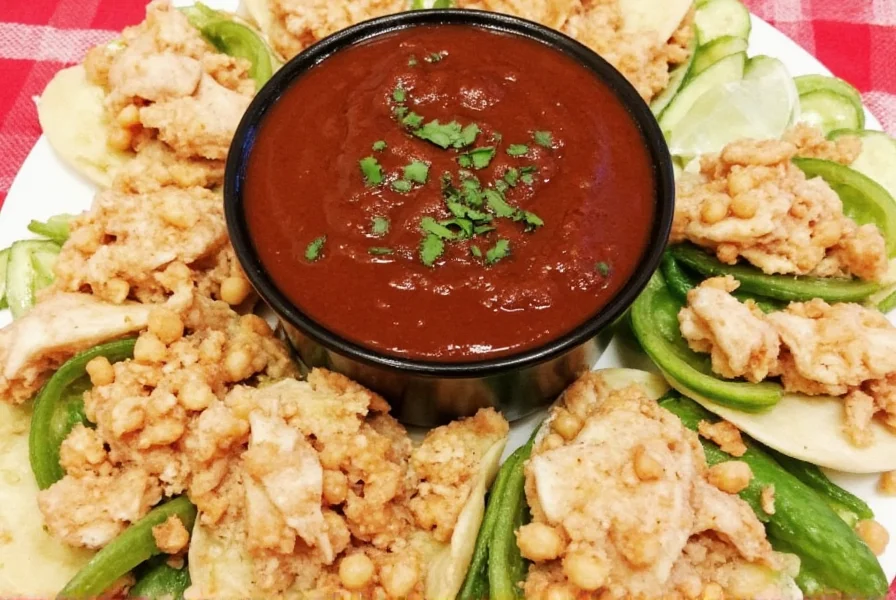
Pair with chicken enchiladas or turkey and enjoy the flavor fireworks!
Conclusion: Embrace the Heat and Heart of Mole
Mole isn't just about chiles — but chiles are undeniably the heart of its flavor. From mild and sweet to bold and smoky, the choices you make when selecting your mole sauce chile determine the entire character of the dish.
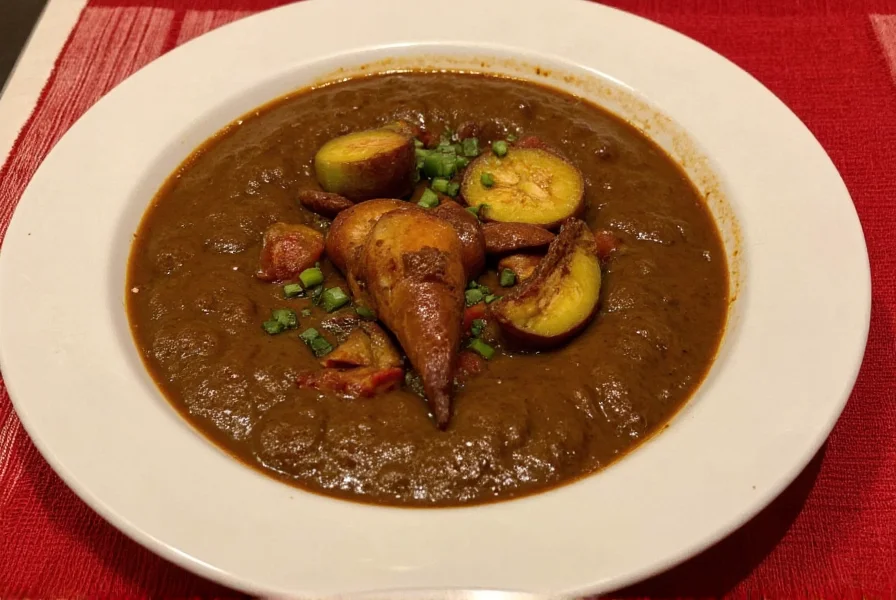
Whether you’re a seasoned pro or a curious newbie, exploring the world of mole opens up a universe of flavor possibilities. With the right chiles, a bit of patience, and a dash of creativity, you can create something truly special in your kitchen.
So go ahead — embrace the heat, celebrate the heritage, and fall in love with mole one delicious bite at a time.

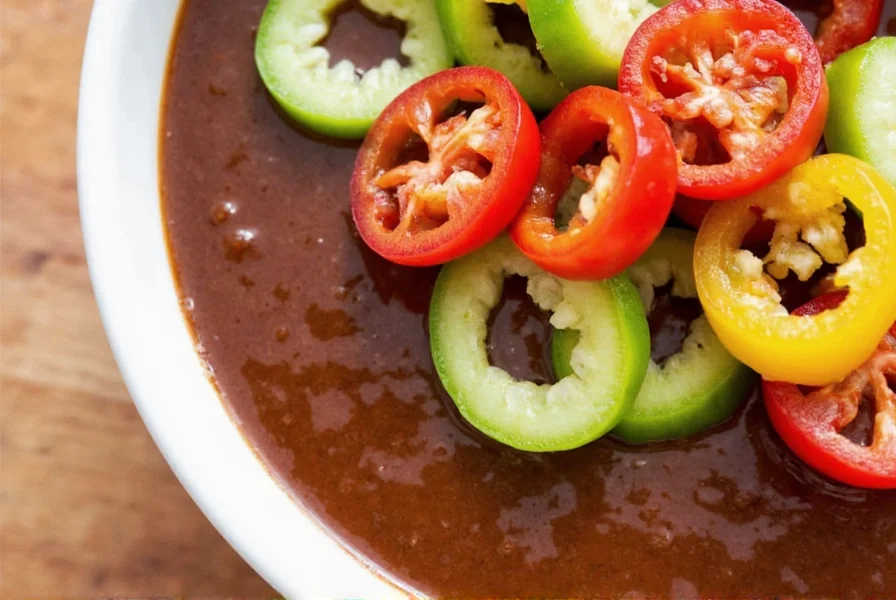









 浙公网安备
33010002000092号
浙公网安备
33010002000092号 浙B2-20120091-4
浙B2-20120091-4